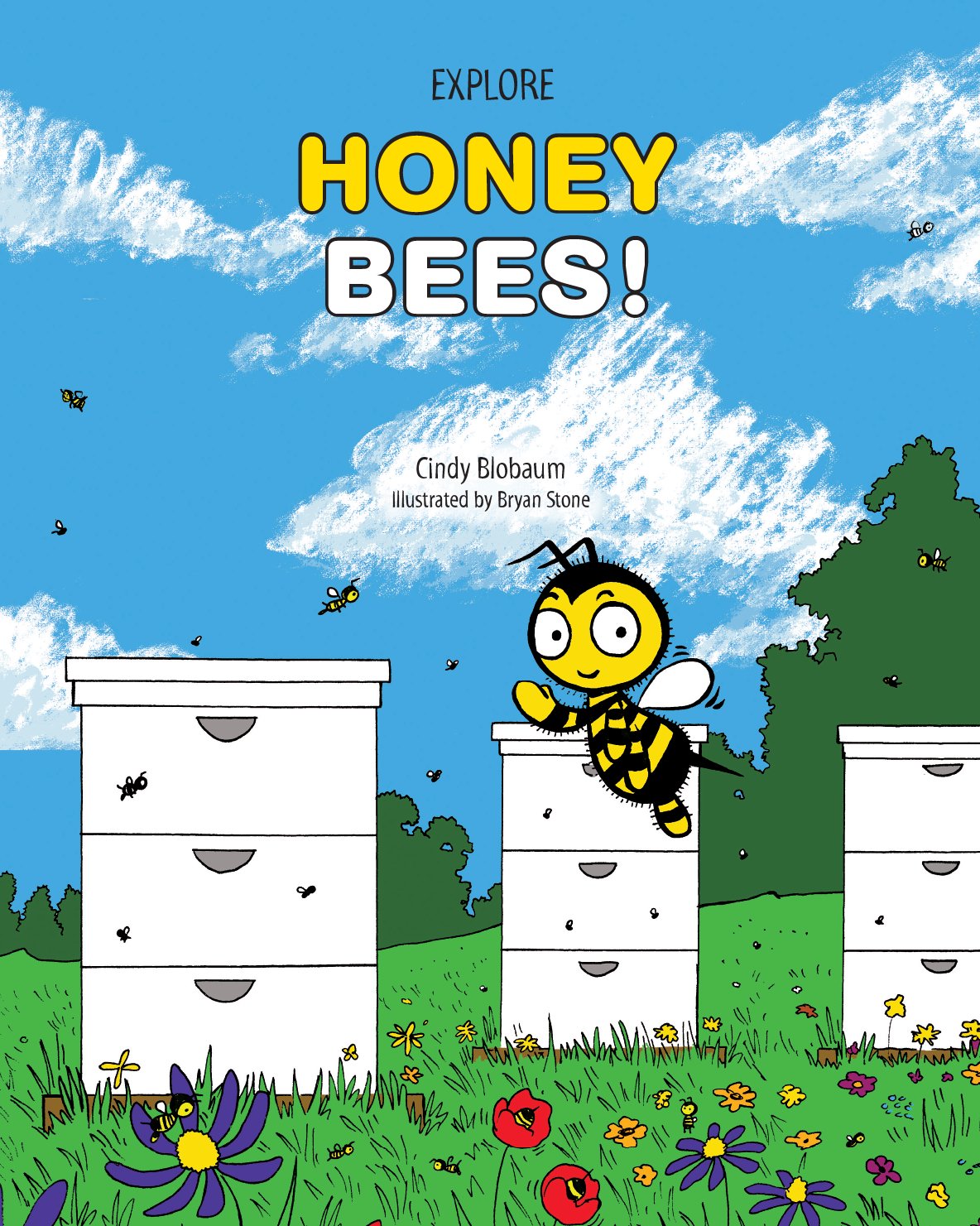 Newest titles in the Explore Your World! Series
Newest titles in the Explore Your World! Series  Check out more titles at www.nomadpress.net Nomad Press A division of Nomad Communications 10 9 8 7 6 5 4 3 2 1 Copyright 2015 by Nomad Press. All rights reserved. No part of this book may be reproduced in any form without permission in writing from the publisher, except by a reviewer who may quote brief passages in a review or for limited educational use. The trademark Nomad Press and the Nomad Press logo are trademarks of Nomad Communications, Inc. ISBN Softcover: 978-1-61930-290-7 ISBN Hardcover: 978-1-61930-286-0 Illustrations by Bryan Stone Educational Consultant, Marla Conn Questions regarding the ordering of this book should be addressed to Nomad Press 2456 Christian St. CONTENTSIntroduction
Check out more titles at www.nomadpress.net Nomad Press A division of Nomad Communications 10 9 8 7 6 5 4 3 2 1 Copyright 2015 by Nomad Press. All rights reserved. No part of this book may be reproduced in any form without permission in writing from the publisher, except by a reviewer who may quote brief passages in a review or for limited educational use. The trademark Nomad Press and the Nomad Press logo are trademarks of Nomad Communications, Inc. ISBN Softcover: 978-1-61930-290-7 ISBN Hardcover: 978-1-61930-286-0 Illustrations by Bryan Stone Educational Consultant, Marla Conn Questions regarding the ordering of this book should be addressed to Nomad Press 2456 Christian St. CONTENTSIntroduction
The Buzz About Honey Bees Chapter 1
Honey Bee Bodies Chapter 2
Bee Social Chapter 3
Inside the Bee Hive Chapter 4
Perfect Products Chapter 5
Honey Bees in Trouble
Interested in primary sources? Look for this icon. Use a smartphone or tablet app to scan the QR code and explore more about honey bees! You can find a list of URLs on the Resources page. CONTENTSIntroduction
Use a smartphone or tablet app to scan the QR code and explore more about honey bees! You can find a list of URLs on the Resources page. CONTENTSIntroduction
The Buzz About Honey Bees Chapter 1
Honey Bee Bodies Chapter 2
Bee Social Chapter 3
Inside the Bee Hive Chapter 4
Perfect Products Chapter 5
Honey Bees in Trouble
Interested in primary sources? Look for this icon. Use a smartphone or tablet app to scan the QR code and explore more about honey bees! You can find a list of URLs on the Resources page.
Use a smartphone or tablet app to scan the QR code and explore more about honey bees! You can find a list of URLs on the Resources page.
Timeline 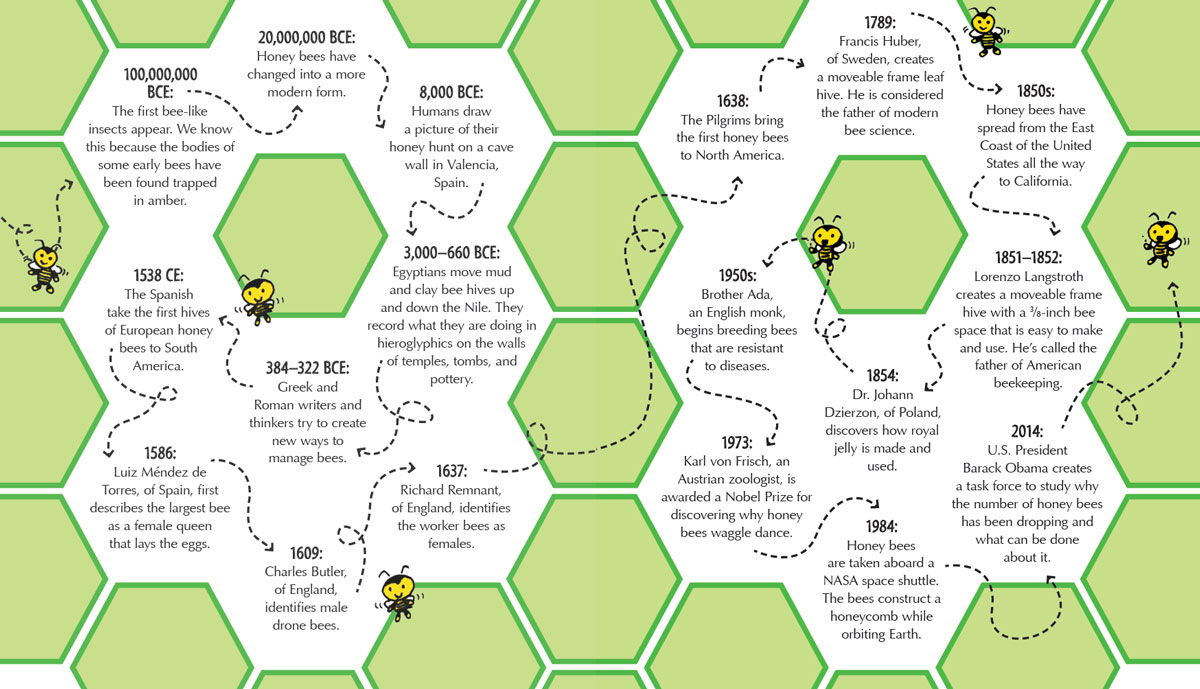
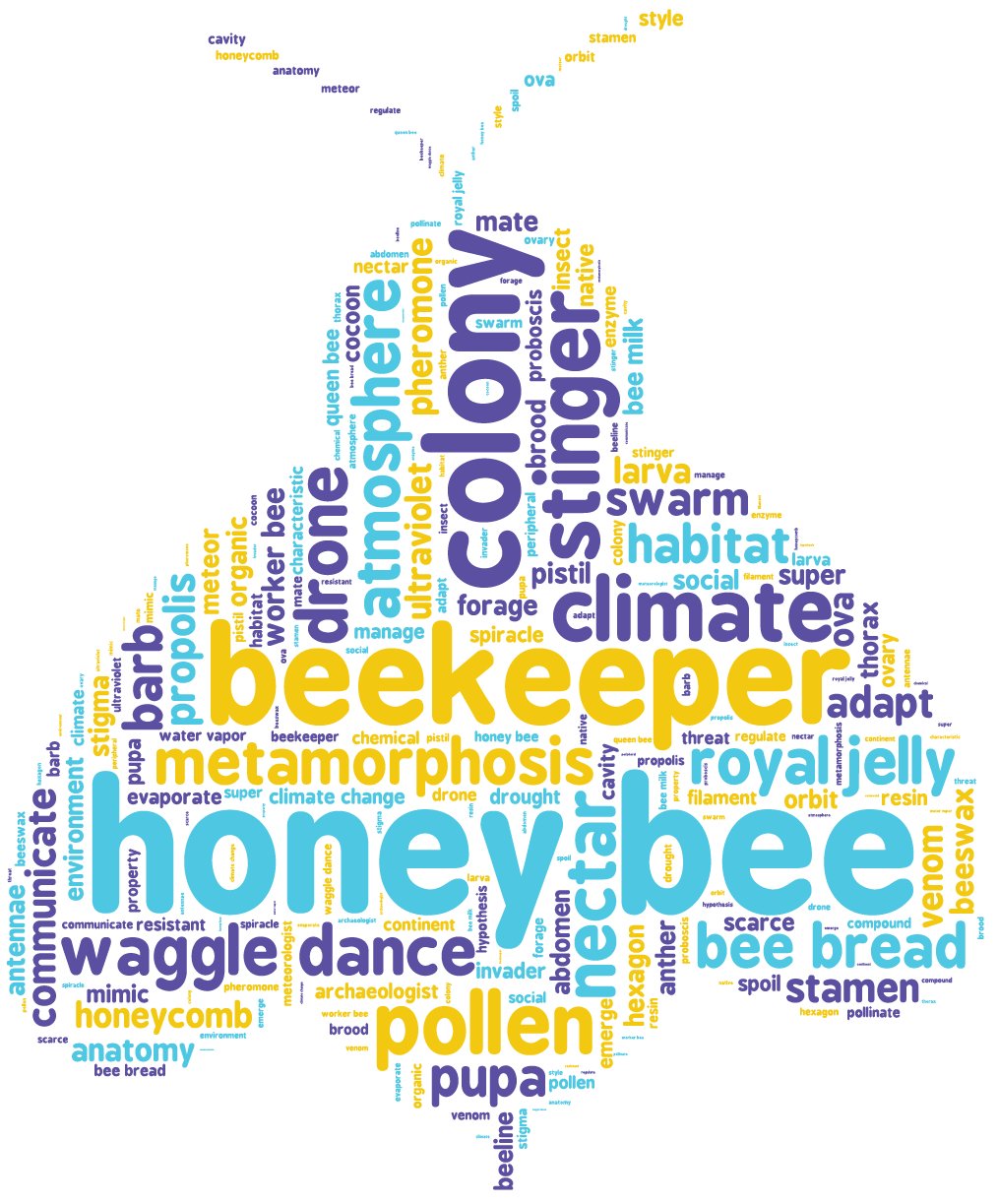
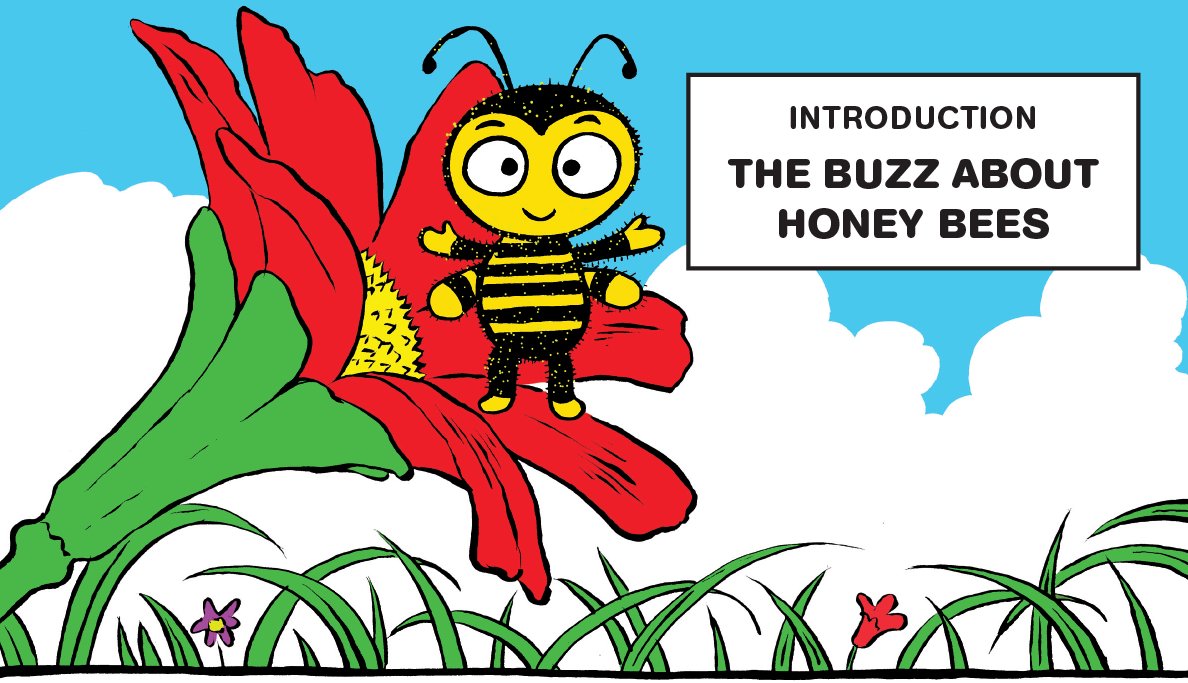 When you go outside on a warm spring day, what do you see? It doesnt matter if you live in the city or the country, the trees will be leafy and green and flowers will be blooming. And where there are flowers, there are bees! WORDS to KNOW insect: an animal that has three body parts, six legs, and its skeleton on the outside of its body. Many insects have wings. Grasshoppers, ants, ladybugs, and honey bees are all insects. colony: a group that lives and works together. What do you know about honey bees? Have you ever watched one at work in a flower? Are you afraid honey bees will sting you? Do you eat products that come from honey bees, such as honey? Honey bees are small but mighty insects .
When you go outside on a warm spring day, what do you see? It doesnt matter if you live in the city or the country, the trees will be leafy and green and flowers will be blooming. And where there are flowers, there are bees! WORDS to KNOW insect: an animal that has three body parts, six legs, and its skeleton on the outside of its body. Many insects have wings. Grasshoppers, ants, ladybugs, and honey bees are all insects. colony: a group that lives and works together. What do you know about honey bees? Have you ever watched one at work in a flower? Are you afraid honey bees will sting you? Do you eat products that come from honey bees, such as honey? Honey bees are small but mighty insects .
They live in colonies of thousands of bees. Honey bees work together to keep the colony alive and healthy. WORDS to KNOW nectar: a sweet fluid made by flowers that attracts insects. pollen: a powder made by flowers that is needed for the flower to make a seed. bee bread: a mixture of pollen, bee spit, and nectar. royal jelly: a special food honey bees make to feed to the young bees.
Honey bees collect nectar and pollen from flowers. They use the nectar and pollen to make honey, bee bread , beeswax, and royal jelly . These are the basic things honey bees need to make their homes and feed their young. HONEY BEES AND FLOWERS When honey bees collect nectar and pollen, they are also helping the flowers. Flowers have the important job of making seeds that grow into new plants. They do this by moving pollen from one area of the flower to another, and by sending their pollen to other flowers.
But flowers cant always get their pollen to the right place on their own. So they rely on help from honey bees! Honey bees are covered in tiny hairs. When a honey bee lands on a flower, the pollen sticks to its hairs. As the honey bee moves around in the flower, it spreads the pollen. 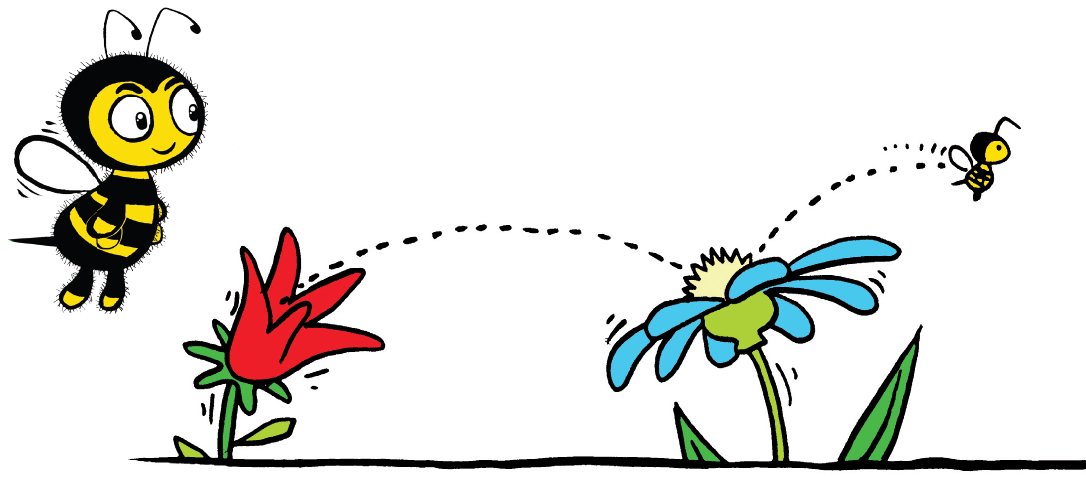 ITS OFFICIAL Every type of plant and animal has its own scientific name in Latin. This helps scientists all around the world, no matter what language they speak, make sure they are talking about the same type of plant or animal.
ITS OFFICIAL Every type of plant and animal has its own scientific name in Latin. This helps scientists all around the world, no matter what language they speak, make sure they are talking about the same type of plant or animal.
The scientific name for honey bees is Apis mellifera. If you translate that into English, it means honey-carrying bee. Even if they are really carrying nectar and pollen, its a great description of a honey bee! Honey bees carry the pollen on them when they visit other flowers and spread it around there, too. With pollen in the right places, flowers can make their seeds. WORDS to KNOW pollinate: to transfer pollen from the male parts of flowers to the female parts so that flowers can make seeds. What is your favorite fruit? Some plants, such as apples, peaches, pears, and watermelons, grow fruit around their seeds.
Honey bees pollinate more than 100 types of plants that become food for us. Maybe one of these is your favorite! 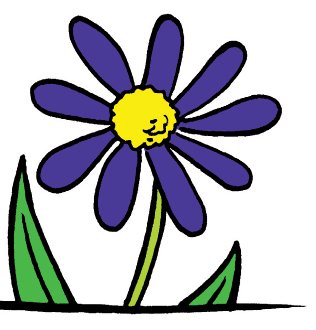
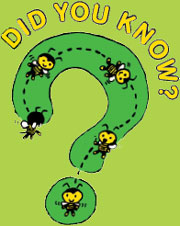 Many foods need honey bees or other insects to carry pollen from flower to flower. These include kiwis, cashews, watermelons, cantaloupes, cucumbers, lemons, limes, pumpkins, apples, mangoes, avocados, apricots, cherries, plums, almonds, peaches, pears, raspberries, blackberries, and blueberries. WORDS to KNOW hive: the place where bees live, lay eggs, and make food.stinger: a sharp point at the end of some insects bodies.venom: poison given off by some animals and insects.resin: a sticky liquid made by trees.propolis: a sticky glue made by bees using tree resin.HONEY BEES AND ANIMALSThe things honey bees make from nectar and pollen are good for lots of other creatures, not just honey bees. Many animals, such as bears, skunks, honey badgers, mice, and even other insects, try to move into hives to eat honey bee food and babies.Female honey bees try to protect the hive against these creatures with stingers and venom . But some animals arent bothered by stings. Sometimes these animals destroy the hive to get what they want, and then the honey bees have to start all over again by building a new hive.People really like the things that honey bees make too.
Many foods need honey bees or other insects to carry pollen from flower to flower. These include kiwis, cashews, watermelons, cantaloupes, cucumbers, lemons, limes, pumpkins, apples, mangoes, avocados, apricots, cherries, plums, almonds, peaches, pears, raspberries, blackberries, and blueberries. WORDS to KNOW hive: the place where bees live, lay eggs, and make food.stinger: a sharp point at the end of some insects bodies.venom: poison given off by some animals and insects.resin: a sticky liquid made by trees.propolis: a sticky glue made by bees using tree resin.HONEY BEES AND ANIMALSThe things honey bees make from nectar and pollen are good for lots of other creatures, not just honey bees. Many animals, such as bears, skunks, honey badgers, mice, and even other insects, try to move into hives to eat honey bee food and babies.Female honey bees try to protect the hive against these creatures with stingers and venom . But some animals arent bothered by stings. Sometimes these animals destroy the hive to get what they want, and then the honey bees have to start all over again by building a new hive.People really like the things that honey bees make too.
Honey tastes good mixed in tea, spread on toast, or used to make Sweet Snack Bars. Some people eat bee bread, royal jelly, and propolis because it makes them feel healthy. Beeswax is used to make candles, shine and protect wood furniture, and waterproof shoes.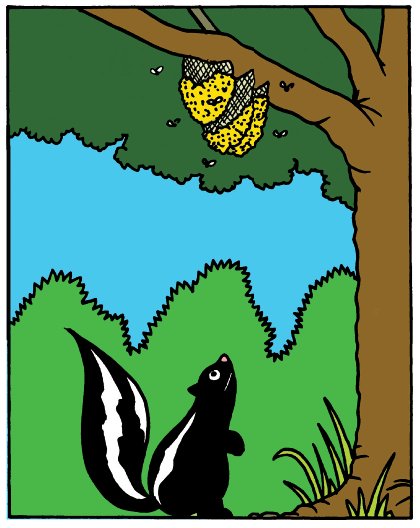
Next page
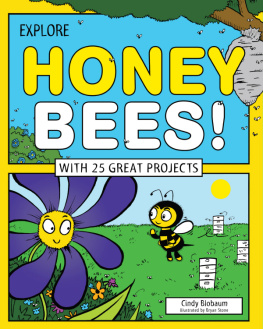
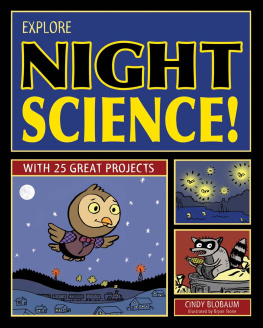
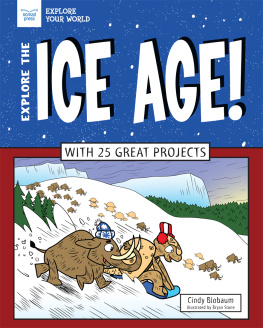
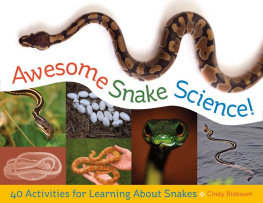
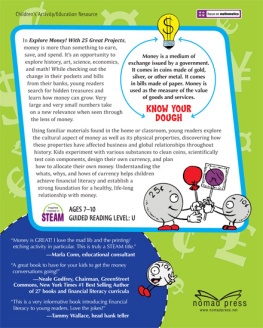
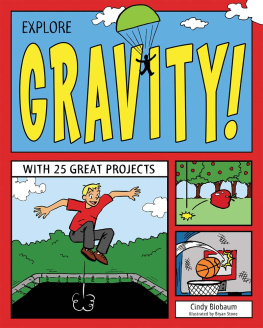
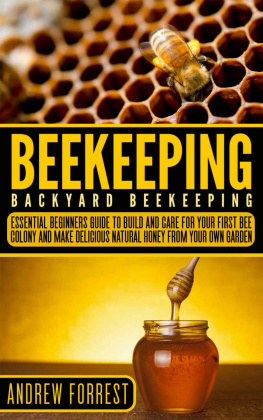
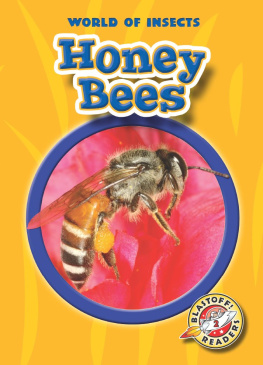


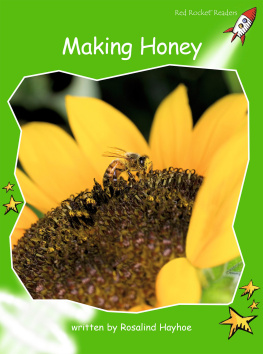
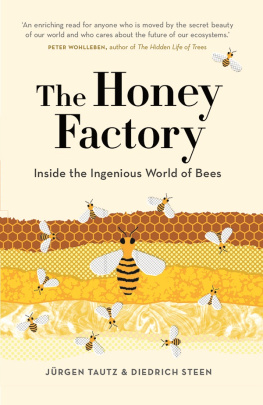
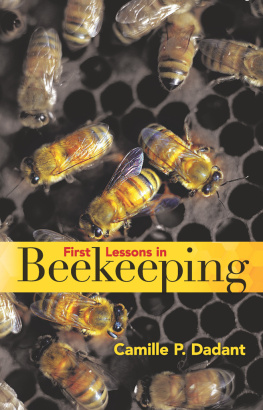
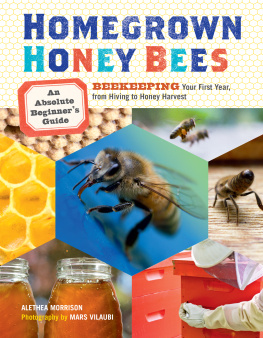
 Newest titles in the Explore Your World! Series
Newest titles in the Explore Your World! Series  Check out more titles at www.nomadpress.net Nomad Press A division of Nomad Communications 10 9 8 7 6 5 4 3 2 1 Copyright 2015 by Nomad Press. All rights reserved. No part of this book may be reproduced in any form without permission in writing from the publisher, except by a reviewer who may quote brief passages in a review or for limited educational use. The trademark Nomad Press and the Nomad Press logo are trademarks of Nomad Communications, Inc. ISBN Softcover: 978-1-61930-290-7 ISBN Hardcover: 978-1-61930-286-0 Illustrations by Bryan Stone Educational Consultant, Marla Conn Questions regarding the ordering of this book should be addressed to Nomad Press 2456 Christian St. CONTENTSIntroduction
Check out more titles at www.nomadpress.net Nomad Press A division of Nomad Communications 10 9 8 7 6 5 4 3 2 1 Copyright 2015 by Nomad Press. All rights reserved. No part of this book may be reproduced in any form without permission in writing from the publisher, except by a reviewer who may quote brief passages in a review or for limited educational use. The trademark Nomad Press and the Nomad Press logo are trademarks of Nomad Communications, Inc. ISBN Softcover: 978-1-61930-290-7 ISBN Hardcover: 978-1-61930-286-0 Illustrations by Bryan Stone Educational Consultant, Marla Conn Questions regarding the ordering of this book should be addressed to Nomad Press 2456 Christian St. CONTENTSIntroduction Use a smartphone or tablet app to scan the QR code and explore more about honey bees! You can find a list of URLs on the Resources page. CONTENTSIntroduction
Use a smartphone or tablet app to scan the QR code and explore more about honey bees! You can find a list of URLs on the Resources page. CONTENTSIntroduction

 When you go outside on a warm spring day, what do you see? It doesnt matter if you live in the city or the country, the trees will be leafy and green and flowers will be blooming. And where there are flowers, there are bees! WORDS to KNOW insect: an animal that has three body parts, six legs, and its skeleton on the outside of its body. Many insects have wings. Grasshoppers, ants, ladybugs, and honey bees are all insects. colony: a group that lives and works together. What do you know about honey bees? Have you ever watched one at work in a flower? Are you afraid honey bees will sting you? Do you eat products that come from honey bees, such as honey? Honey bees are small but mighty insects .
When you go outside on a warm spring day, what do you see? It doesnt matter if you live in the city or the country, the trees will be leafy and green and flowers will be blooming. And where there are flowers, there are bees! WORDS to KNOW insect: an animal that has three body parts, six legs, and its skeleton on the outside of its body. Many insects have wings. Grasshoppers, ants, ladybugs, and honey bees are all insects. colony: a group that lives and works together. What do you know about honey bees? Have you ever watched one at work in a flower? Are you afraid honey bees will sting you? Do you eat products that come from honey bees, such as honey? Honey bees are small but mighty insects . ITS OFFICIAL Every type of plant and animal has its own scientific name in Latin. This helps scientists all around the world, no matter what language they speak, make sure they are talking about the same type of plant or animal.
ITS OFFICIAL Every type of plant and animal has its own scientific name in Latin. This helps scientists all around the world, no matter what language they speak, make sure they are talking about the same type of plant or animal.
 Many foods need honey bees or other insects to carry pollen from flower to flower. These include kiwis, cashews, watermelons, cantaloupes, cucumbers, lemons, limes, pumpkins, apples, mangoes, avocados, apricots, cherries, plums, almonds, peaches, pears, raspberries, blackberries, and blueberries. WORDS to KNOW
Many foods need honey bees or other insects to carry pollen from flower to flower. These include kiwis, cashews, watermelons, cantaloupes, cucumbers, lemons, limes, pumpkins, apples, mangoes, avocados, apricots, cherries, plums, almonds, peaches, pears, raspberries, blackberries, and blueberries. WORDS to KNOW 